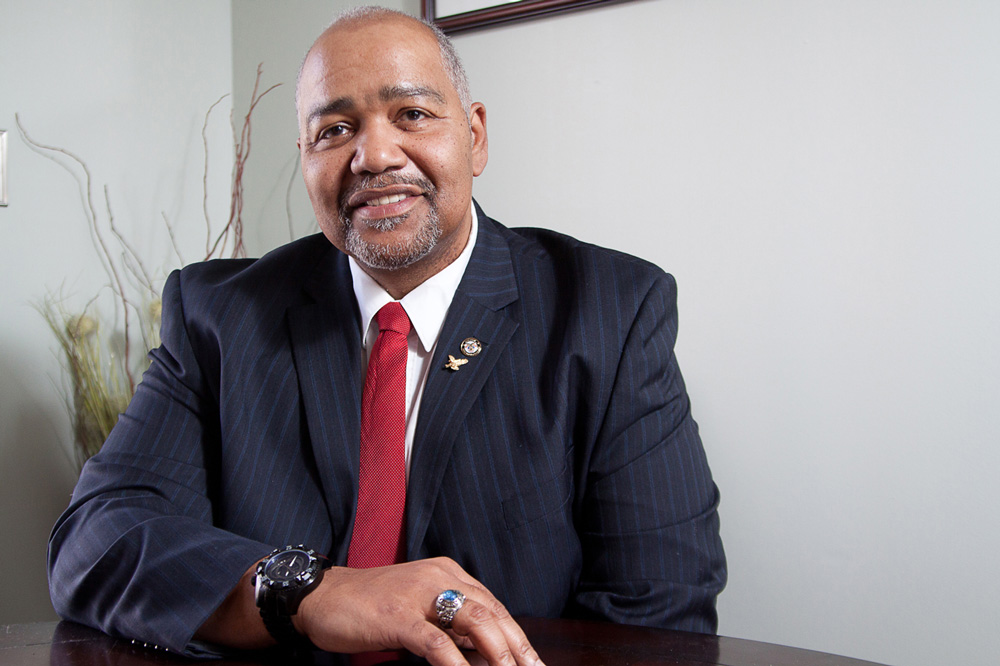One of the most effective management and leadership tools is the ‘open door policy’. Most organizations have some history with using these policies which allow employees access to just about any and all levels of management. But it has also been discovered that most organizations have a lot of stories surrounding problems that have come from trying to properly manage their open doors. An effectively used ‘open door policy’ helps the leader know what’s going on and maintain the kind of contact that makes them feel they are part of a team. Leaders who lose touch will experience a loss of productivity, an increase in morale problems and very little commitment to their vision.
However, when managed improperly, that very same ‘open door policy’ can create more problems than it resolves. Here’s an example of one of the more infamous ‘open door policy’ events.
The first recorded open door policy event occurred in what is now the town of Danvers , Massachusetts then a parish of Salem Town , known as Salem Village . Two young girls, Betty and Abigail took advantage of the open door of the Salem Village minister, Reverend Samuel Parris. In order to create some excitement and some celebrity status for themselves, they told the good Reverend that their bizarre, seemingly inexplicable behavior was due to witchcraft being conducted by some of the town citizens. The good Reverend mistakenly assumed that he was receiving good intelligence, so on their word alone, he launched into an investigation that led to a trial that eventually led to some very tragic events. By the time the hysteria ended, 24 people had died by hanging, burning and one being pressed to death under stones. How about that for a policy run amuck!
What went wrong? Surely, as leaders, we want to hear about what’s going on in the lower ranks so we can take the action required and make the organization as effective as possible? Right? Well yes, but as leaders, we have a responsibility to be fair and impartial with everyone under our command … including subordinate leaders.
Here are some tips that may help you the next time someone uses your open door policy.
1. When an employee comes through your open door to voice a complaint, consider whatever is said as nothing more than information. Its just intelligence. It’s neither good nor bad. It’s neither the truth nor a lie. Neither accurate nor inaccurate. Its just information. It is someone perception of events and circumstances. Be glad to receive it, but be careful before you act on it. There’s a lot more to find out before you even offer advice on what you just heard.
2. Continue the discussion by pending more time listening than talking. Ask as many open ended questions as you possibly can to gather as much information as there is available. Ask the presenter why they are concerned and if the situation is having a negative impact on them or others on the team. Ask what they have done to try to resolve the issue.
3. Now ask if they’ve attempted to use their leadership ‘chain-of-command’ to work the issue. If they haven’t … and that is often the case, try to convince them to do just that. The first step in the conflict reconciliation process is to work the conflict with the other party involved. I found in my time as a corporate leader and manager that a lot of people used my open door to throw their conflicts over the fence to me to fix. Asking this question, often kept me from catching issues that were better worked by the individuals involved.
4. Now here’s your next question. Simply say, “I think I understand the problem, how can I help?” Help them brainstorm a list of possible solution to the problem. The more items you develop with them, the more they will gain confidence in the fact that the problem can be worked. Hopefully, the confidence will help convince them that not only can they develop solutions to their conflicts, but they can also implement those solutions.
5. You’ll like this step. Review the list of possible solutions with them and help them notice the ones they could do them selves. Make sure before the meeting is over that they can see they can work the problem themselves. Don’t let them walk out of there thinking you’re going to go off and work the issues for them. Help them decide what to do first and then set a date to discuss the results of their actions.
6. Stay objective during the entire conversation. Don’t get drawn in by the old “don’t you think I’m right and they’re wrong?” Remember, you’ve only heard one side of the story. And that’s from only one point of view. Get the whole story before you proceed. Avoid making judgments until you have a firm grasp of the entire situation.
7. If the issue is about one of your subordinate leaders, plan on discussing the issue with them candidly. You owe them at least as much loyalty as you do the person who just walked through your open door. But do your best to let the employee who brought you the issue work it first.
8. Don’t ever promise you’ll keep the matter secret … just between the two of you. If you do, you’ve made yourself part of the problem, and it will come back to bite you in the end.
9. While you’re allowing your employee to work the issue, make sure you maintain confidentiality. Keep your mouth shut! You can blow the whole thing by spreading the tail around to others. It will kill faith in you as well as your open door policy.
Well that’s about it, but you might be wondering about one more thing. “But what if I hear something that will I must act on?” Simple, tell the person you heard it from, “I have to act on this immediately. Here’s the reason why. I don’t want you to be caught in the middle, so how can we do this so everyone benefits?”
All of these steps have a common theme. Lend a listening ear, but remember that you’re dealing with adults that benefit from learning to handle issues effectively for themselves. Develop the habit of riding in on your white horse and fixing the problems your self and you will soon find yourself burning someone at the stake that really didn’t deserve it in the first place.
Follow these steps for managing your open door policy and you may find fewer people showing up at your door … and fewer conflicts continuing on your team because of your open door.



